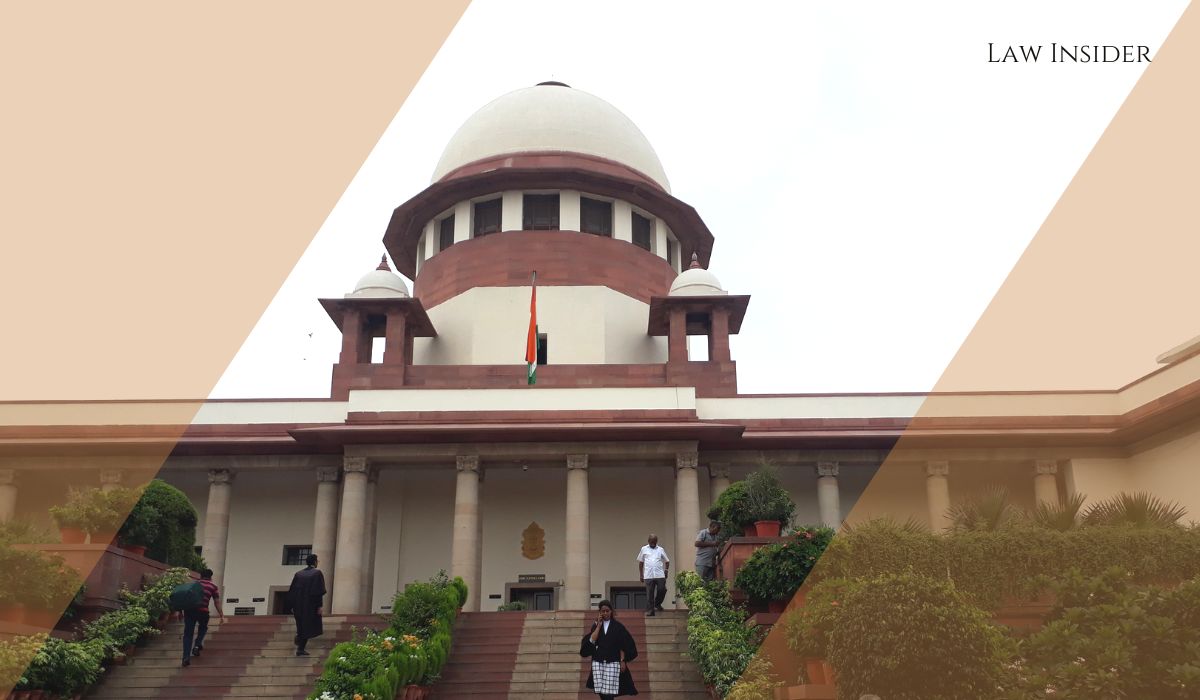Prerna Gala
Published on: September 22, 2022 at 21:24 IST
The Supreme Court has expressed optimism that the final Master Plan will be published on or before April 30 of next year, noting that the notification of the Master Plan for Delhi (MPD) 2041 cannot stay in limbo.
Following the announcement of the deadlines for the MPD-2041’s final approval and notification by Additional Solicitor General Aishwarya Bhati, a bench of Justices Sanjay Kishan Kaul and Abhay S. Oka made the statement.
The MPD-2041 will be presented to the Authority in the first week of December 2022, according to the ASG, and any changes must be made by the end of the month.
ASG Bhati further informed the top court that a letter requesting final clearance and notice of MPD-2041 by January 15, 2023 will be issued to the Ministry of Housing and Urban Development.
“Even though the dates given are tentative, we expect these dates to be strictly adhered to as the matter cannot remain in limbo for ad infinitum period of time. We are sure that the final Master Plan would be published on or before April 30, 2023,” the bench said in its recent order.
The Supreme Court had instructed the attorneys for the DDA and the ASG “to get required instructions from the Department involved as to within how much time the Master Plan will be notified” on the previous day of hearing, which was August 24.
“We are not willing to accept a simple statement that it is at an advanced stage. If the counsels by the next date are of the view that better assistance can only be given by the Secretary, Urban Development and the Vice Chairman, DDA, we may have the pleasure of their presence to assist us,” the top court had warned.
A judicial committee made up of two retired High Court judges was also established by the highest court to handle matters involving property sealing and de-sealing, the regularization of fines or conversion fees, the demolition of unauthorized structures, and the clearance of encroachments.
The Supreme Court appointed Justice GS Sistani, retired Judge of the Delhi High Court, and Justice Pradeep Nandrajog, former Chief Justice of the Bombay High Court, to adjudicate on all of these applications while taking into account the aforementioned conspectus.
“…On the final date of hearing, August 24, 2022, the Court examined the possibility of establishing a separate, impartial tribunal to address the applicants’ complaints, which would be presided over by retired judges.”
“We have stated that the application will lie to this Court and that we would be using the SLP route once the Judicial Committee thus established directs de-sealing or rejects the same. Nearly 150 pending cases will be quickly resolved as a result. It is crucial that those who are compliant receive the remedy as soon as possible,” the bench stated when establishing the committee.
“Such a Judicial Committee is necessary to be empowered to analyse all aspects of the matter, i.e., what is the nature of allotment, whether there is any change of the policy of that allotment, what according to the norms prevalent is permissible and what are the nature of the violation and in view thereof pass necessary orders.”
“The power to direct compounding on payment of charges, if compliance is possible under existing norms, is also an aspect which must vest with the Committee,” it added.
The apex court ruled that in order to expedite the resolution of petitions still outstanding, any appeals of Monitoring Committee orders will be referred to the judicial committee for review and decision-making.
We make it plain that the judicial committee’s instructions on the de-sealing of documents must be followed without delay, even if the monitoring committee has misgivings, the bench added.
“We hope this would simplify the process for consideration of the applications at an early date leaving only a narrow area of consideration by this Court. All necessary arrangements should be made to facilitate the commencement of the proceedings before the judicial committee within a period of two weeks from today,” the apex court’s September 13 order stated.
The bench stated in its order that the widespread unpermitted and illegal usage of residential areas for commercial and industrial reasons is the root of the issues in the current proceedings.
A monitoring committee was established on May 7, 2004, to put an end to unlicensed and illegal industrial activity in residential and non-conforming areas.
The Supreme Court said that the situation on the ground had reached such a dire level that it had little choice but to intervene directly in this matter to ensure that the residential areas of Delhi City are not destroyed.

